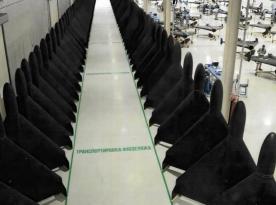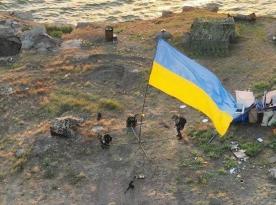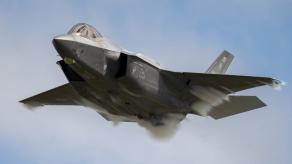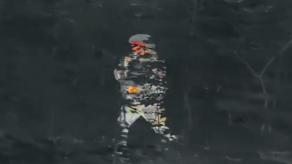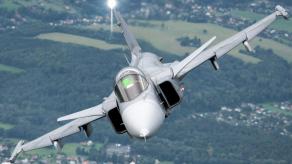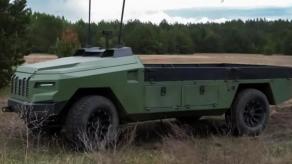Predictably, russian military leadership and media are downplaying and concealing the scale of aircraft losses after the highly successful Operation Spider's Web, carried out by the Security Service of Ukraine and resulted in destruction of 41 russian bombers of types Tu-160, Tu-95MS, and Tu-22M3, also an A-50 airborne early warning system and various military airlifts.
Satellite images from June 2-3 and June 4 reveal an airplane swap at the Belaya airbase, Irkutsk Oblast. In place of the Tu-95MS with a wing and fuselage damaged to the point of no recovery, another, intact aircraft of the same type was put out.
Read more: Why Ukrainian FPV Drones Struck Tu-95MS and Tu-22M3 in Specific Spots, and Why Precision Was Crucial
About cleaning up traces at airfields, - Oko Gora1 photo - taken on June 2-3.I circled the destroyed Tu-95 with a square, whose wing fell off as a result of the FPV drone explosion.2 photo - taken on June 4.It's like new.Some kind of magic. either they dragged… pic.twitter.com/tvjqldo1Jj — MAKS 25 (@Maks_NAFO_FELLA) June 4, 2025
Such manipulation is easy to execute: just draw markings for places where the chassis and wings were, tow the damaged jet away and the replacement on these marks. Traces of fire and debris underneath were cleaned out. At the same time, they clearly had not enough time to conceal the other destroyed Tu-95 visible in the image, which was burned inside out completely.
That is why, in general, when analyzing satellite imagery in order to assess the results of strikes, it is necessary to take into account the possibility of such manipulations by the enemy. The more time has passed since the moment of the attack, the greater are the chances of deceit. And let's not forget that satellite photos can only show critical external damage to aircraft, e.g. missing parts of fuselage.
That is while even minor damage, if affecting a vulnerable spot , can easily lead to an aircraft being irreversibly lost. A case in point is the Ukrainian ATACMS strikes on russian heliports, where helicopters, despite being effectively destroyed, still remained in one piece and looked intact from space. This time, additional perspective is provided by SAR satellites which use radar emissions and convert them into a picture.
In addition to physically concealing their losses, russia launched a misinformation campaign to downplay the significance of Ukraine's operation. Quite a difficul task when it's about the disappearance of one third of the air component of the russian nuclear triad. Initially, they tried to convince the domestic audience that only a part of the affected aircraft were in flight-capable condition, that is, just carcasses for cannibalizing. In reality, Ukrainian drones targeted operational bombers, as evidenced by spectacular explosions as a result of hitting filled fuel tanks. No one refuels dead weight aircraft.
Moreover, the strikes on the bombers were selective. Instead of a fairly simple and easy approach of successive strikes at each unit, satellite images show that individual and clearly selected planes were hit. Which is quite understandable given the level of preparation for this operation.
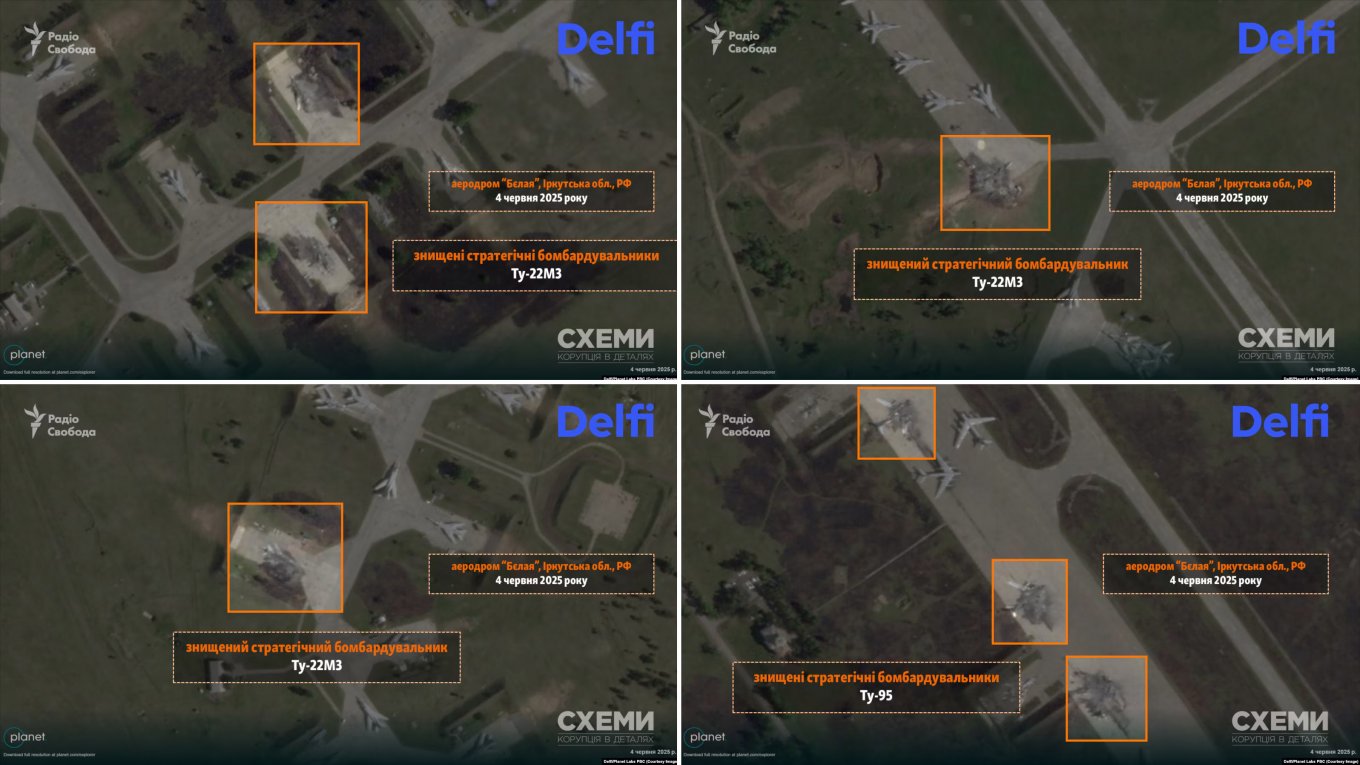
Lastly, the russian propaganda had only one more traditional excuse in their deck to offer to the public: "We did not need these aircraft anyway." That is after years of investing in the image of russian strategic bombers as "one-in-a-kind" weapons and celebrating each strike with Kh-555, Kh-101, Kh-22 and Kh-32 cruise missiles these bombers launched on Ukraine. Now, they not only have lost the means to continue these strikes but also got the taste of retaliation — something Ukraine struggled to achieve before.
Read more: Ukraine's Defense Intelligence Reveals russia's Long-Range Strike Capacity Persists, with Numbers






